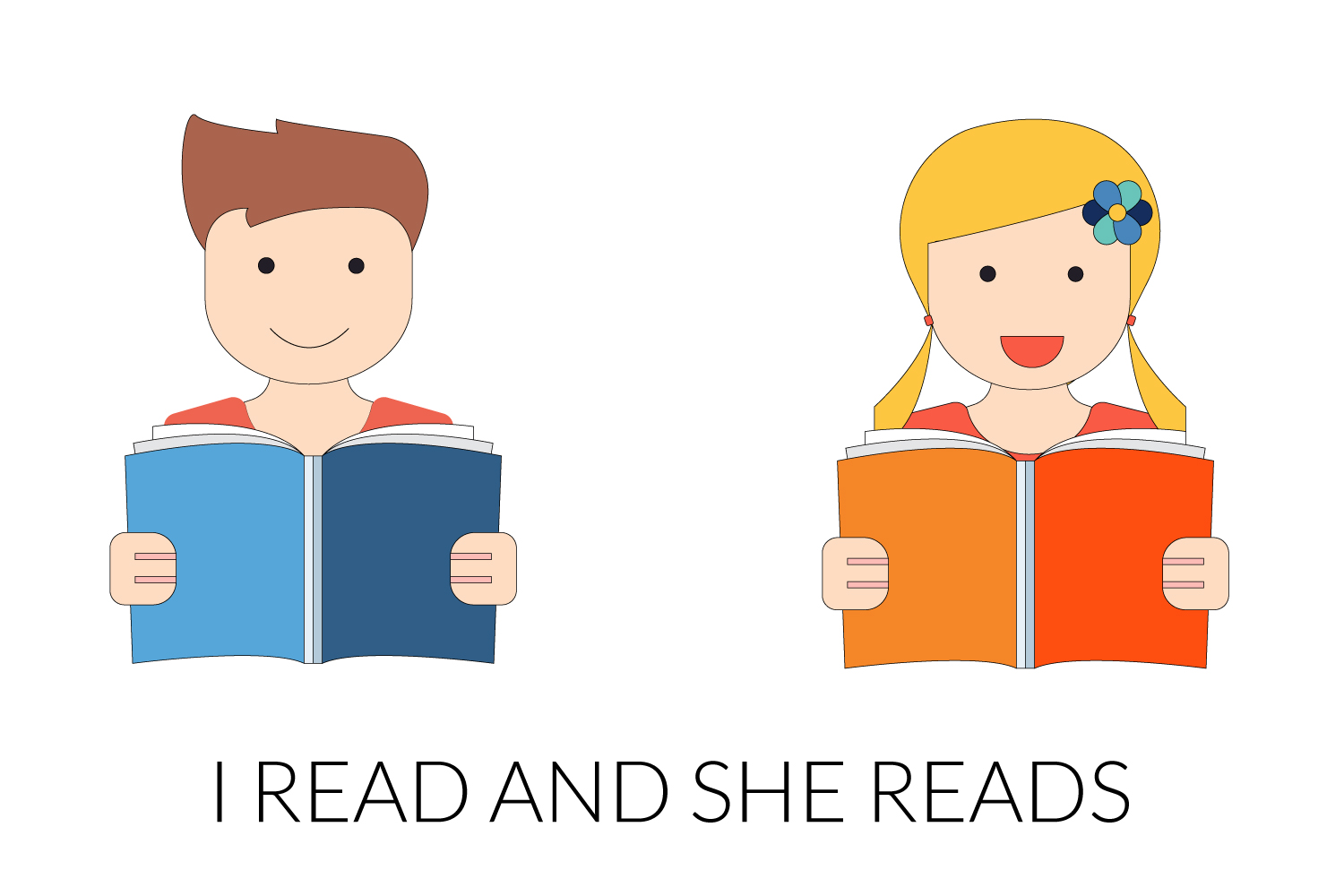Il present simple: il tempo presente nella lingua inglese
Da un punto di vista grammaticale, l’inglese è ricco di regole, eccezioni e sfaccettature che possono risultare impegnative per chi si approccia alla lingua per la prima volta. Una delle basi fondamentali su cui poggia la struttura dell’inglese è la conoscenza dei tempi verbali. In particolare, oggi ci concentreremo sul present simple, che corrisponde al nostro indicativo presente.
Il Present Simple è uno dei tempi verbali più comuni e fondamentali nella lingua inglese, usato per descrivere azioni quotidiane, abitudini, fatti generali o verità universali. Nell’introduzione a questo articolo, daremo un’occhiata più da vicino a questo tempo verbale essenziale, spiegando come si forma e come si utilizza in modo appropriato.
Una volta compreso come si forma il “Present Simple”, potrai usare questo tempo verbale con maggiore sicurezza nelle tue conversazioni quotidiane in inglese, migliorando la fluidità e la naturalezza del tuo parlato. Ma, soprattutto, non avrai di che temere a scuola!
- Il present simple in inglese
- La forma affermativa del present simple
- La forma negativa del present simple
- La forma interrogativa del present simple
- Present simple del verbo to be: il verbo essere
- Present simple del verbo to have: il verbo avere
Il present simple in inglese
Video lento
Video veloce
Guarda i video a due velocità, una più lenta e una più veloce, ascolta il dialogo in inglese e scopri alcune frasi con esempi di present simple in inglese.
“I GO TO SCHOOL EVERY DAY. MY SCHOOLMATES AND I LEARN NEW THINGS.
I HAVE LUNCH WITH MY MOM, SHE WORKS AT MY SCHOOL.
I GO HOME , I DO MY HOMEWORK AND I PLAY VIDEO GAMES.”
La forma affermativa del present simple

Il present simple è la forma base del verbo. Alla terza persona singolare (HE/SHE/IT) bisogna aggiungere una S alla fine del verbo.
- I READ
- YOU READ
- HE/SHE/IT READS
- WE READ
- YOU READ
- THEY READ
Fai attenzione alla terza persona singolare!
- Quando i verbi terminano con una consonante + Y, si cambia la Y con IES (STUDY -> STUDIES)
- Quando i verbi terminano per CH, SH, S, X, O, si aggiunge ES alla fine. (TEACH -> TEACHES; GO -> GOES)
Scarica la scheda didattica ed esercitati con il present simple!
La forma negativa del present simple

Per costruire la forma negativa del present simple si usa DO o DOES e poi si aggiunge NOT.
Si segue questa struttura:
PRONOME PERSONALE (PERSONAL PRONOUN) + DO/DOES NOT + VERBO alla forma base (VERB)
| Forma estesa | Forma contratta |
| I DO NOT READ | I DON’T READ |
| YOU DO NOT READ | YOU DON’T READ |
| HE/SHE/IT DOES NOT READ | HE/SHE/IT DOESN’T READ |
| WE DO NOT READ | WE DON’T READ |
| YOU DO NOT READ | YOU DON’T READ |
| THEY DO NOT READ | THEY DON’T READ |
Scarica la scheda didattica qui e allenati con la forma negativa del present simple.
La forma interrogativa del present simple

Per costruire la forma interrogativa del present simple, ovvero per fare delle domande in inglese, si usano DO e DOES.
La struttura è:
DO/DOES + PRONOME PERSONALE (PERSONAL PRONOUN) + VERBO in forma base (VERB)
- DO I READ?
- DO YOU READ?
- DOES HE/SHE/IT READ?
- DO WE READ?
- DO YOU READ?
- DO THEY READ?
Scarica la scheda didattica qui e allenati a fare domande con il present simple!
Present simple del verbo to be: il verbo essere

Il verbo essere (to be) è uno dei verbi piu comuni in inglese.
Scopri le tre forme del present simple del verbo essere TO BE:
| Forma affermativa | Forma negativa | Forma interrogativa |
| I AM | I’M | I AM NOT | I’M NOT | AM I? |
| YOU ARE | YOU’RE | YOU ARE NOT | YOU’RE NOT | ARE YOU? |
| HE/SHE/IT IS | HE’S/SHE’S/IT’S | HE/SHE/IT IS NOT | HE/SHE/IT’S NOT | IS HE/SHE/IT? |
| WE ARE | WE’RE | WE ARE NOT | WE’RE NOT | ARE WE? |
| YOU ARE | YOU’RE | YOU ARE NOT | YOU’RE NOT | ARE YOU? |
| THEY ARE | THEY’RE | THEY ARE NOT | THEY’RE NOT | ARE THEY? |
Scarica la scheda didattica qui ed esercitati a riscrivere le congiunzioni del verbo TO BE al present simple!
Present simple del verbo to have: il verbo avere

Scopri le tre forme del present simple del verbo avere TO HAVE:
| Forma affermativa | Forma negativa | Forma interrogativa |
| I HAVE | I’VE | I HAVE NOT | I HAVEN’T | HAVE I? |
| YOU HAVE | YOU’VE | YOU HAVE NOT | YOU HAVEN’T | HAVE YOU? |
| HE/SHE/IT HAS | HE’S / SHE’S / IT’S | HE/SHE/IT HAS NOT | HE/SHE/IT HASN’T | HAS HE/SHE/IT? |
| WE HAVE | WE’VE | WE HAVE NOT | WE HAVEN’T | HAVE WE? |
| YOU HAVE | YOU’VE | YOU HAVE NOT | YOU HAVEN’T | HAVE YOU |
| THEY HAVE | THEY’VE | THEY HAVE NOT | THEY HAVEN’T | HAVE THEY? |
Quando parliamo di possesso, relazioni, malattie e caratteristiche di persone o cose possiamo aggiungere GOT dopo il verbo:
- I have got a car. / I’ve got a car. – Possiedo una macchina.
- You have got a sister. / You’ve got a sister. – Tu hai una sorella.
- She has got a cold. / She’s got a cold. – Lei ha il raffreddore.
Scarica la scheda didattica qui e fai pratica con il present simple del verbo avere TO HAVE.
